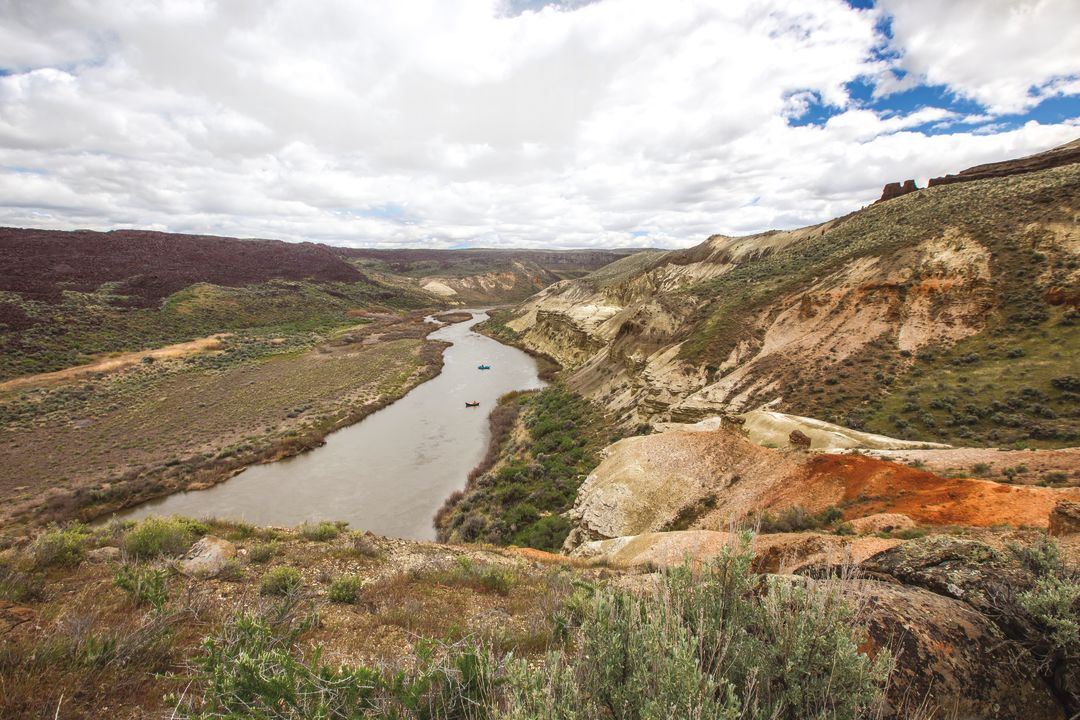What’s the Story behind Oregon’s World-Famous Wild and Scenic Rivers?

In the 1960s, as free love blossomed and the Vietnam War festered, America briefly got serious about environmentalism. Throughout the decade, Congress passed a battery of measures that carefully built upon the work of rugged forebears like Theodore Roosevelt, John Muir, and Gifford Pinchot. First came the Clean Air Act in 1963, followed by the Wilderness Act (1964) and the Wild and Scenic Rivers Act (1968).
Sponsored by Sen. Frank Church, a progressive Democrat from Idaho at a time when such a thing was imaginable, and signed into law by President Lyndon B. Johnson, the rivers legislation preserves stretches that “possess outstandingly remarkable scenic, recreational, geologic, fish and wildlife, historic, cultural or other similar values ... for the benefit and enjoyment of present and future generations.” As of December 2014, less than one-quarter of 1 percent of the nation’s total river miles, in parts of 39 states, were protected in free-flowing condition. In the Pacific Northwest, however, the legislation yielded more prolific results. Alaska lays claim to the most miles of designated river (3,210 in total), but a strong case can be made for Oregon as America’s heavyweight champ of river protection: with segments of nearly 60 waterways and 2 percent of the state’s flowing water enjoying Wild and Scenic status, the Beaver State has the highest proportion of rivers with the designation.
These rivers can be found in every corner of the state, with roughly 14 coursing through the landscape within just two hours of Portland. Each, of course, is well worth a visit, whether for epic white water, legendary fishing, or rare access to remote, otherworldly canyons. You’ll find crowds at some, while others seemingly exist only for those adventurers who seek them out. We advise seeking them out.




